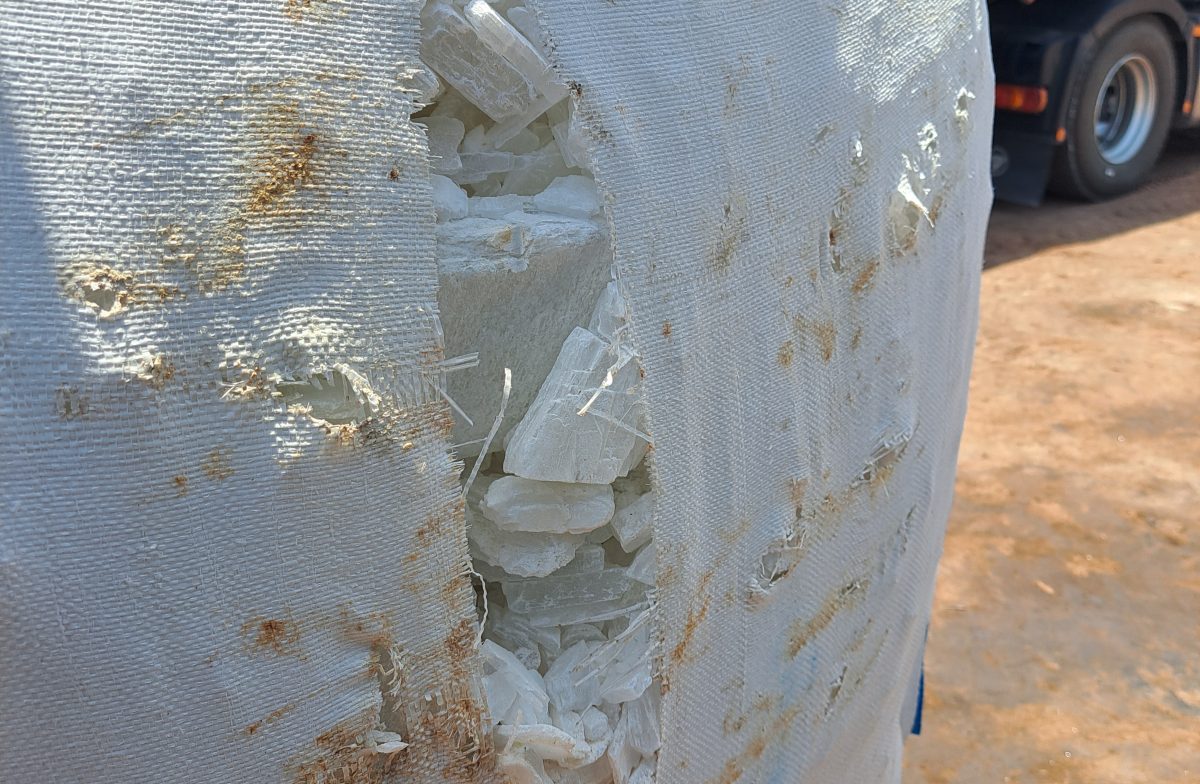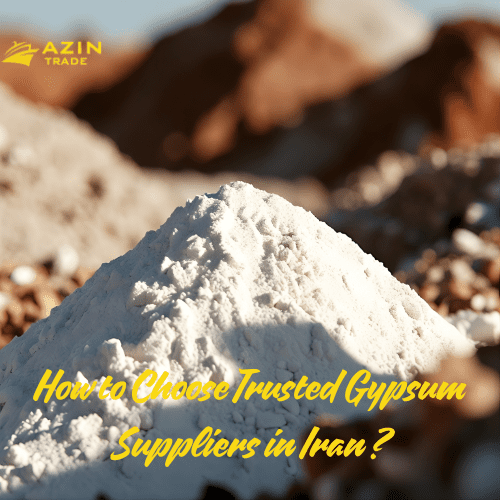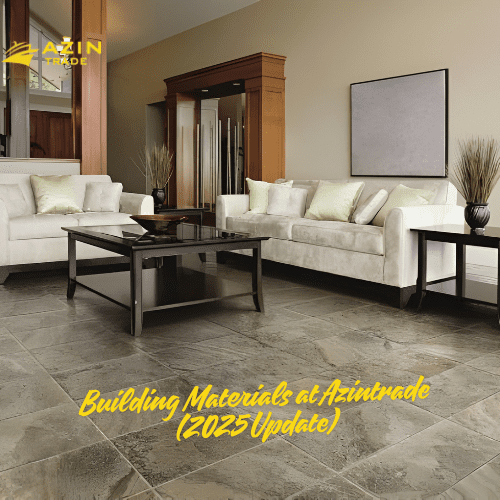Types of Gypsum Stone: Comprehensive Guide
Gypsum is a versatile and widely used mineral in construction, art, agriculture, and industry. But what many don’t realize is that gypsum stone exists in several distinct types, each with unique physical properties and applications. In this in-depth guide, we explore the main types of gypsum stone, their characteristics, industrial uses, market value, geological formation, and export trends. We also include detailed tables and insights to help businesses and geologists navigate the gypsum landscape.
Whether you’re a geologist, exporter, architect, manufacturer, or investor, understanding these variations will help you make better sourcing, investment, and application decisions.
What Is Gypsum Stone?
Gypsum stone is a natural, sedimentary mineral composed of calcium sulfate dihydrate (CaSO₄·2H₂O). It forms through the evaporation of salty water in lakebeds and seas over millions of years. Its relatively soft texture (Mohs hardness ~2) makes it ideal for carving, grinding, and processing. Gypsum is one of the most common evaporite minerals found in sedimentary environments worldwide.
Main Types of Gypsum Stone
- Raw Gypsum Stone (Massive Gypsum)
- Appearance: Dense, blocky white or gray stone
- Composition: 85–98% pure gypsum
- Common Use: Cement industry, plaster production, drywall manufacturing
- Export Potential: High — especially from countries like Iran and Oman
Highlights:
- Easy to mine and transport
- Suitable for direct crushing and calcination
- Plays a critical role in controlling setting time of cement
- Low environmental impact during extraction
In Iran:
Iran is one of the largest producers and exporters of raw gypsum. The central provinces, including Semnan, Yazd, and Hormozgan, have significant reserves. The Semnan region alone produces over 15 million tons annually.
- Alabaster
- Appearance: Fine-grained, translucent, white or pale-pink
- Texture: Smooth, waxy finish
- Common Use: Sculpture, decorative objects, historical architecture (e.g., in cathedrals)
- Market Value: High — due to aesthetic quality
- Famous Sources: Yazd (Iran), Italy, Egypt
Highlights:
- Valued for centuries in Islamic, Roman, and Gothic architecture
- Increasingly used in luxury interior wall cladding
In Iran:
Yazd province is globally known for its alabaster deposits. The Iranian alabaster is prized for its purity, fine grain, and subtle pink hues. Workshops in Isfahan and Yazd turn these into premium sculptures and wall panels for domestic and export markets.
- Selenite
- Appearance: Transparent or glassy, with visible crystal structure
- Crystal Habit: Tabular or columnar
- Common Use: Decorative panels, metaphysical products, light fixtures
Fun Fact: Named after “Selene,” the Greek goddess of the moon, due to its ethereal glow under light.
Highlights:
- Naturally forms in large crystals, up to 12 meters long (found in Naica Mine, Mexico)
- Used in energy healing and feng shui products
In Iran:
High-quality selenite is found in Hormozgan and Kerman provinces. These regions yield selenite with excellent transparency, suitable for carving into crystal lamps and ornaments.
- Satin Spar
- Appearance: Fibrous, silky white
- Luster: Satin-like shimmer
- Use: Decorative pieces, wall accents, and spiritual stones
- Market Appeal: Mid-range — popular in wellness and craft industries
Highlights:
- Often confused with selenite, though has a more fibrous appearance
- Popular among artisans for carving wands and obelisks
In Iran:
Satin spar is commonly found in gypsum belts of central and southern Iran. It’s increasingly used in spa decor and handmade spiritual items.
- Desert Rose Gypsum
- Appearance: Rosette-like clusters of tabular crystals with sand inclusions
- Color: Tan to reddish-brown
- Formation: Arid, sandy environments
- Use: Collectibles, novelty gifts, museum specimens
- Export Demand: Niche, but popular in North American and European gift markets
Highlights:
- Naturally forms without human interference
- Symbol of protection in folklore
In Iran:
Desert rose formations are frequently found in southern Iran, including near Bandar Abbas and Qeshm Island. These are popular with tourists and crystal collectors.
- Fibrous Gypsum (Gyrolite Type)
- Appearance: Hair-like or thread-like crystalline texture
- Use: Mostly geological research or specialized decoration
- Rarity: Rare and not commonly found in commercial quantities
Highlights:
- Difficult to handle due to its fragile nature
- Sought after by collectors and mineralogists
In Iran:
Rare occurrences of fibrous gypsum are reported in remote parts of Sistan and Baluchestan. Mostly used in mineralogical collections.
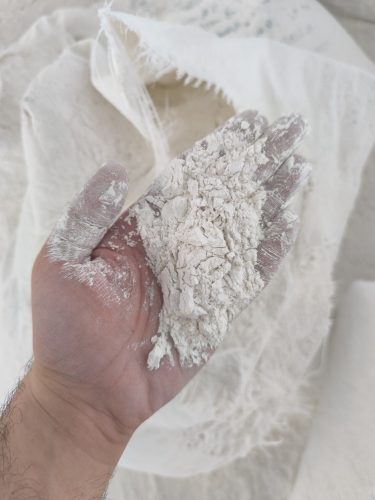
Comparative Table: Types of Gypsum Stone
| Type | Appearance | Common Use | Market Value | Notable Locations |
| Raw Gypsum | Blocky white/gray | Cement, plaster | Medium | Iran, Oman, Pakistan |
| Alabaster | Fine, translucent | Sculpture, decor | High | Iran (Yazd), Italy, Egypt |
| Selenite | Clear, glassy | Panels, lights, crafts | High | Iran, Mexico, Morocco |
| Satin Spar | Silky, fibrous white | Wall art, crystal products | Medium | Iran, Spain |
| Desert Rose | Rosette, sandy | Gifts, mineral displays | Niche | Iran, USA (Arizona), Tunisia |
| Fibrous Gypsum | Thread-like | Research, rare decor | Low | Iran, Afghanistan |
Global Market Trends (2025 Outlook)
Gypsum varieties like alabaster and selenite have seen growing demand in interior design and spiritual wellness markets, while massive gypsum remains dominant in industrial sectors. The rise of green construction and biophilic design has brought renewed interest in decorative gypsum types.
Hypothetical Export Value Comparison by Type (2025):
| Type | Export Value (USD Million) |
| Raw Gypsum | 70 |
| Alabaster | 18 |
| Selenite | 12 |
| Satin Spar | 7 |
| Desert Rose | 4 |
| Fibrous Type | 1 |
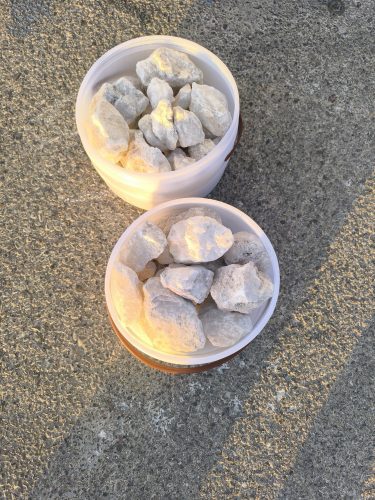
Key Takeaway: Raw gypsum still holds over 65% of the global market, but decorative and niche types are steadily gaining value, especially in high-end construction and boutique wellness industries.
Industrial Use by Type
| Type | Industrial Use |
| Raw Gypsum | Construction (cement, drywall, plaster) |
| Alabaster | Sculpture, lighting design |
| Selenite | Metaphysical, lighting panels |
| Satin Spar | Artistic installations, small-scale crafts |
| Desert Rose | Collectible, tourism-based gifting |
| Fibrous |
Geological research, museums |
Geological Origins of Each Type
| Type | Formation Process |
| Raw Gypsum | Evaporation of saline water in large sedimentary basins |
| Alabaster | Compact recrystallization in low-pressure zones |
| Selenite | Precipitation in supersaturated marine lagoons |
| Satin Spar | Fibrous crystal growth in clay-rich sediments |
| Desert Rose | Evaporation in sand-dominated arid environments |
| Fibrous Type | Extremely slow crystallization in confined groundwater |
FAQs
Q1: Which type of gypsum is used in construction?
A1: Massive raw gypsum is the main type used in plaster, drywall, and cement industries.
Q2: What’s the difference between alabaster and selenite?
A2: Alabaster is fine-grained and opaque, while selenite is transparent with visible crystals.
Q3: Is satin spar valuable?
A3: It has moderate market value, especially in crafts and wellness products.
Q4: Where is gypsum alabaster found in Iran?
A4: Yazd province is a major source of high-quality alabaster in Iran.
Q5: Are all types of gypsum suitable for export?
A5: No. Only those with stable demand and purity like raw gypsum, alabaster, and selenite are widely exported.
Q6: What makes desert rose unique among gypsum stones?
A6: Its natural rose-like formation with sand inclusions makes it visually distinct and popular as a collectible.
Q7: Which type of gypsum has the largest crystals?
A7: Selenite can form enormous crystals, especially in ideal underground environments.
Q8: Which Iranian provinces lead in gypsum stone production?
A8: Semnan, Yazd, Kerman, and Hormozgan are top-producing provinces with industrial and decorative-grade gypsum.
Q9: Is Iranian gypsum competitive internationally?
A9: Yes. Iran’s proximity to major markets, low extraction costs, and high purity levels make it one of the most competitive gypsum suppliers globally.
Know Your Gypsum
Each type of gypsum stone has a unique value in the global market. Whether you’re mining, exporting, or working in the arts or construction, understanding these types helps you target the right audience and maximize value. From building materials to decorative masterpieces and energy wellness, gypsum’s future continues to crystallize in exciting directions.

